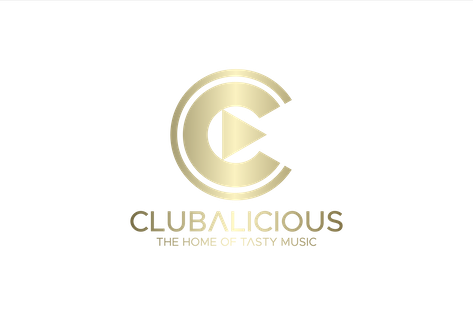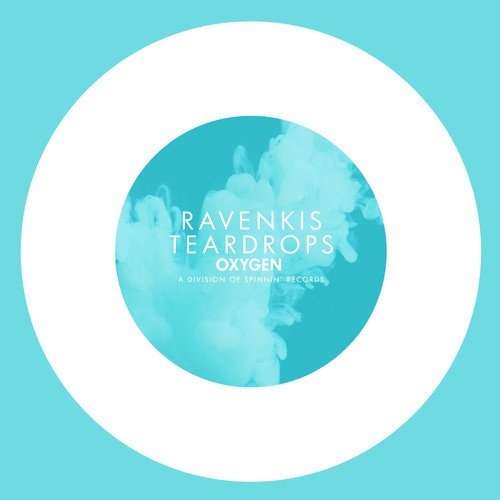-
 play_arrow
play_arrow
Clubalicious Clubalicious Radio
-
 play_arrow
play_arrow
London Calling Podcast Yana Bolder

In 1964, U.S. Supreme Court Justice Potter Stewart gave up on being able to define “workflow” with a famous quote: “I shall not today attempt further to define [what] I understand to be embraced within that shorthand description; and perhaps I could never succeed in intelligibly doing so. But I know it when I see it.”
Oooops, sorry, slight mistake—he was actually talking about trying to define “pornography”…but, hey, if the shoe fits, wear it! People throw the word “workflow” around when it comes to software-based music production tools, but really, what is workflow? Is there a workflow meter that measures workflow?
Well, no…but I know it when I see it.
And so do you. Stewart’s comment underscored that some judgments will always be subjective. Then again, because the term workflow is so common, let’s attempt to define some of its characteristics. By doing so, when you encounter new products or techniques, it then becomes easier to evaluate whether something does—or does not—measure up to the ideal of improved workflow.
INTUITIVE OPERATION
The word “intuitive” is so overused; let’s get back to its definition: “Something is grasped instinctively, without the need for conscious reasoning or deliberate thought.” Regarding studio tools, I’ll define it as: “I don’t like to read manuals.” Intuitive operation is a super-important part of workflow due to how the brain processes information. Although the dividing line between left- and right-brain activities is somewhat fluid, there’s no doubt that switching from the artist-oriented right brain to the left-brain work of solving problems disrupts the creative process.
Take note of how you react to a tool you’re trying for the first time. If it makes sense, it will likely continue to make sense to you as you delve further into it. A good example is Ableton Live. Some people simply cannot wrap their head around dividing the creative process into loops, scenes and traditional linear recording. Yet, for those not raised on traditional recording, working with Live can feel more natural than working with programs that trace their origins back to tape machine-based studios. It’s no wonder workflow is so subjective.
SUPPORT
This is a crucial element of good workflow because, again, you don’t want to spend time solving problems instead of creating art. However, support comes in different forms. For example, mature programs like Cubase, Pro Tools, Digital Performer and others have manuals that are hundreds of pages long. Finding what you want can be challenging. Sure, it’s easy to look up details about something you already know—but try finding information about a specific function when you don’t know what it’s called, or even whether it exists.
Fortunately, AI-driven search tools like ChatGPT, Copilot and Gemini are fantastic for support, especially with Pro Tools because it’s been around for so long in much the same form. When AI scrapes the internet, it finds much Pro Tools-related material. The same is true of other programs with a big user base. Can’t remember some weird keyboard shortcut? Ask the internet. You may never need to read a manual again.
AVOIDING CHANGE FOR CHANGE’S SAKE
Consider the iPhone. You can generally keep using a new model the same way you used the previous model, but you can dive deeper into new features at your own speed—or even ignore them if you want. The changes don’t impact your workflow significantly.
Software that rearranges existing functions breaks a cardinal rule of good workflow: Respect muscle memory. If you’re used to finding a certain function in a specific menu, you don’t want to have to re-learn where to find it.
However, there’s a fine line between efficiency and added complexity. Suppose a DAW introduces a better way to stretch time. Do you replace the way it used to do stretching with something unfamiliar, or do you leave the old option intact but also make the new option available?
Craig Anderton’s Open Channel: The New Gig Economy—Studio Edition
Perhaps the best solution is adapting new features to existing paradigms. For example, when I found out Ableton Live was going to add MIDI, I questioned one of Live’s designers on whether this was a good idea— “people are going to ask for notation, event lists, sysex dump storage, and other features that mess up Live’s ease of use.”
He replied, “Don’t worry; we’ll do MIDI the Ableton way”—and they did. You could transfer how you worked with audio to working with MIDI. Another good example is how PreSonus’ Studio One integrated looping. Instead of treating clip launching as a separate function, they integrated it into standard audio and MIDI tracks. Like the iPhone, you could continue working as you always did…or not.
THE FUN FACTOR
When you have fun with your tools, everything flows better. People sometimes diss skeuomorphic designs, yet skeuomorphic means “design elements that mimic the look of older, familiar objects to make new designs more intuitive.” Yes, it’s kind of indulgent to have virtual scratches on a virtual front panel so that it looks “authentic,” but having an intuitive front panel helps workflow.
So, as you navigate the maze of dizzying changes in studio technology, step back and ask yourself whether something encourages good workflow. Of course, “You’ll know it when you see it”—but it also helps to know what you’re looking for, otherwise you may not see it at all.
Written by: Admin
Similar posts
Recent Comments
No comments to show.Featured post

Latest posts
Current show
Upcoming shows

Scandinavian Dance Chart
Top 40 Hottest Dance Tracks In Scandinavia
09:00 - 11:00
Fresh Is Fresh
This Weeks Hottest Releases
11:00 - 16:00
Hot House Hours
Dave Baker
16:00 - 17:00
Night Owl
Insomniac
17:00 - 19:00
Femme House
Lp giobbi
19:00 - 20:00Chart
Powered by Dee jay promotions visit us













 Invalid license, for more info click here
Invalid license, for more info click here